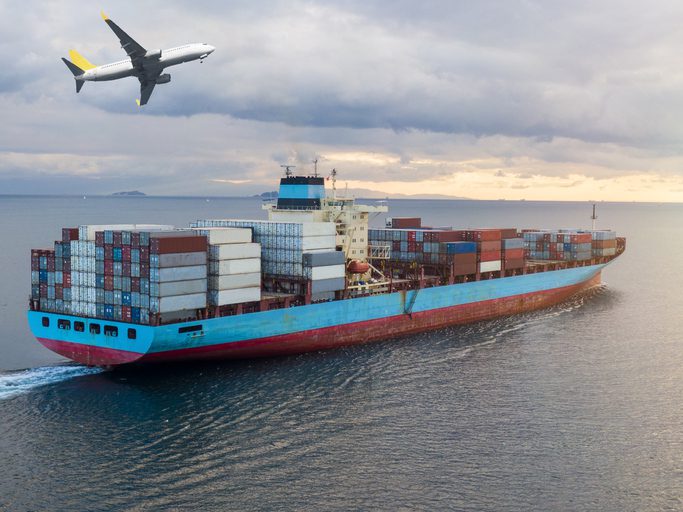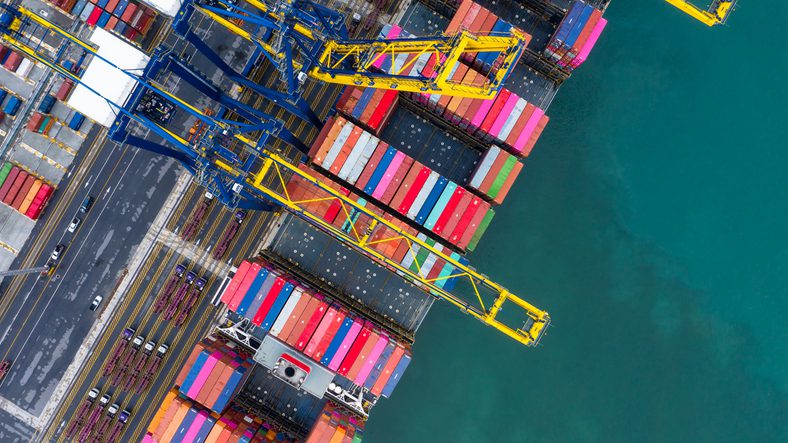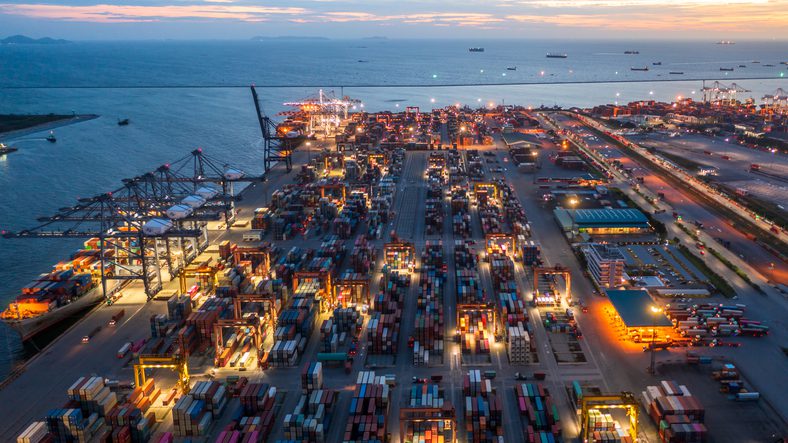
International Trade Tip and Strategies for Success in Introduction
With the global economy continuing to grow, many companies are looking to expand their markets and enhance their global competitiveness through international trade. However, engaging in foreign trade comes with various challenges, requiring systematic strategies to overcome them. In this blog post, we will introduce some strategies and tips for achieving success in international trade.
- Conduct market research
- Develop and adapt products and services
- Understand regulations and customs procedures
- Select logistics and transportation partners
- Establish payment and risk management strategies
- Utilize local partners and distributors
- Develop marketing strategies
- Understand culture and language

-
Contents hide
Conduct market research
- Analyze various factors such as import/export competitiveness, market growth rate, political/economic stability, to identify target markets
- Use methods like SWOT analysis to determine market entry feasibility and establish a clear entry strategy
- Utilize resources such as international trade databases, research reports, industry-specific organizations, and local authorities for information
-
Develop and adapt products and services
- Develop products and services that are expected to be popular in the local market
- Modify and improve products and services according to cultural practices, customs, and preferences
- Set appropriate pricing, considering the local market’s purchasing power

-
Understand regulations and customs procedures
- Gain sufficient insight into local legal and regulatory requirements
- Familiarize yourself with tariff rates, customs protocols, licenses and permits, restricted items, and minimize trade risks
- Check the market access ease by utilizing Free Trade Agreements (FTAs) with the countries you will enter
-
Select logistics and transportation partners
- Collaborate with reliable logistics and transportation partners to build an efficient supply chain
- Choose the most suitable transportation method based on reasonable shipping costs, delivery speed, and service level for your product

-
Establish payment and risk management strategies
- Develop a clear strategy for managing financial risks such as foreign exchange risk and payment risk
- Minimize payment risk by using appropriate transaction methods such as exchange rate insurance, advance payment, and letters of credit
- Respond to credit, insurance, and other financial service needs through collaboration with financial institutions
-
Utilize local partners and distributors
- Increase market penetration efficiency by partnering with local experts or distributors with local market knowledge
- Collaborate with local marketing agencies to build a global network and acquire customers

-
Develop marketing strategies
- Create differentiated marketing strategies tailored to target markets
- Execute various marketing activities such as online/offline advertisements, social media influence, event participation
-
Understand culture and language
- Smooth communication with customers based on sufficient understanding of local culture and language
- Enhance the positive impact on brand image by respecting and understanding cultural differences
Conclusion:
To achieve success in international trade, it is essential to actively utilize these tips. By systematically and strategically going through all these processes, companies can secure a high level of competitiveness in international trade and achieve sustainable growth. Appropriate strategies, experience, and patience are required to obtain the desired results in international trade.




